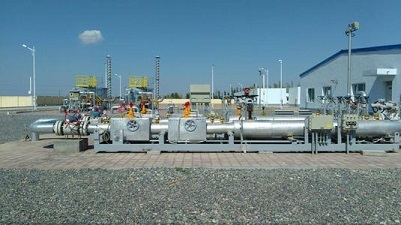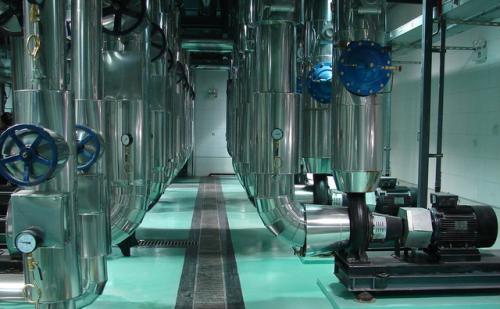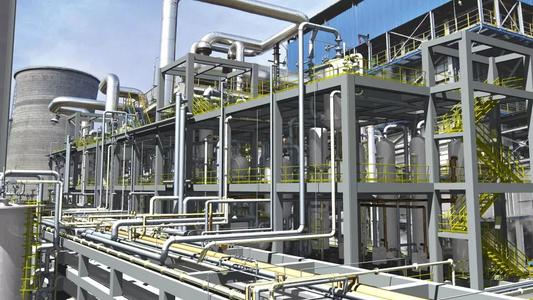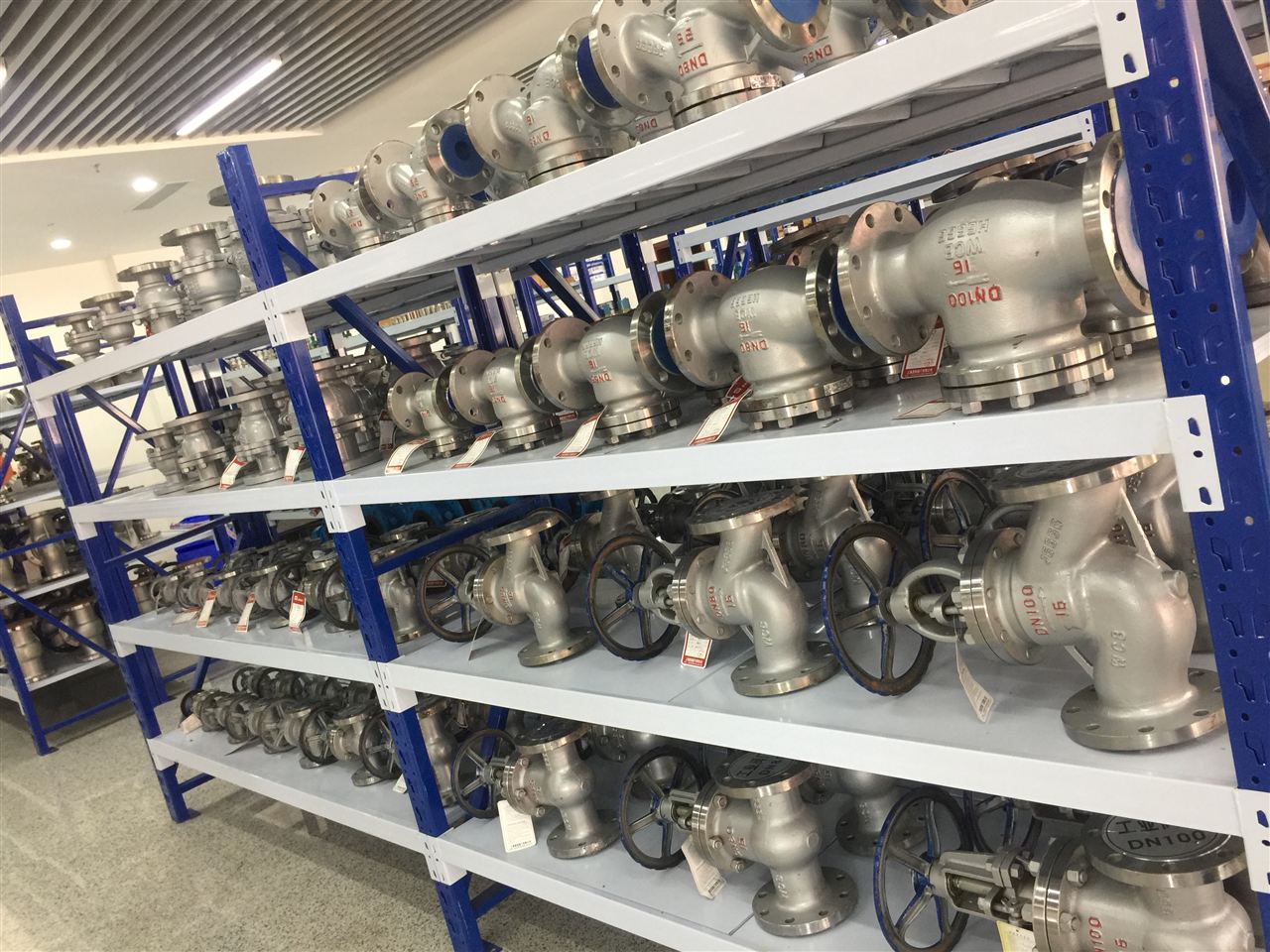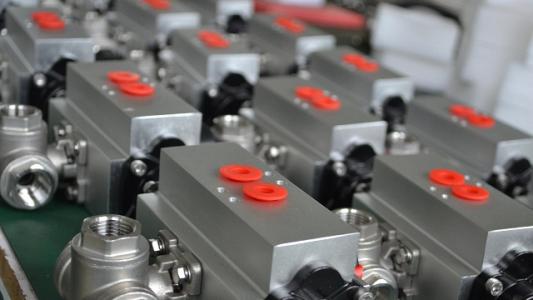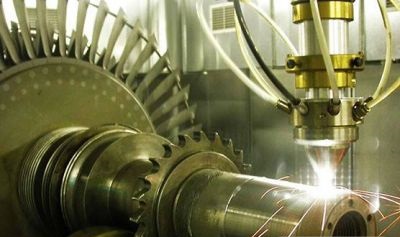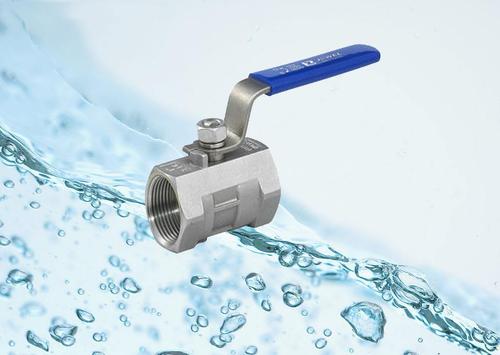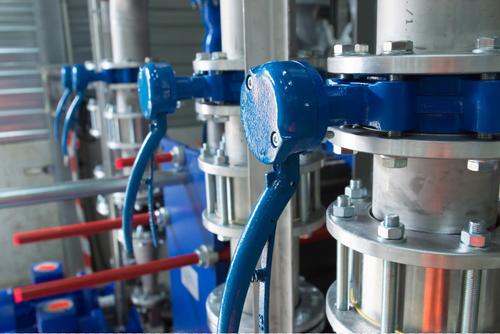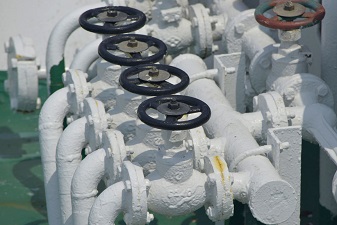Author: root
What Does the Operating Condition of Sanitary Valves Depend?
The working condition of the sanitary valve depends on many factors, including working pressure and working temperature of the medium, variation of pressure and temperature, driving mode, the installation position of the sanitary valve, service cycle, etc. Working pressure and temperature Generally speaking, the higher the pressure and temperature of the sanitary valve, the worse the […]
Read moreSanitary Butterfly Valves Used in Raw Water Industry
Sanitary butterfly valves have many advantages such as simple structure, small size, lightweight, easy installation, etc. As a part used to realize pipeline system on and off and flow control, sanitary butterfly valves are widely used in many fields, such as petroleum, chemical engineering, metallurgy, and hydropower. The applications of sanitary butterfly valves in raw water […]
Read moreWhy Are Sanitary Diaphragm Valves Stable?
Sanitary diaphragm valves are constructed in a very different form from normal valves, which rely on soft rubber or plastic film to control fluid movement. Commonly used diaphragm valve material is divided into cast-iron diaphragm valve, cast steel diaphragm valve, stainless steel diaphragm valve, etc. The advantage of the sanitary diaphragm valve is that its control mechanism […]
Read moreIntroduction of the Driving Mode of Sanitary Butterfly Valve
Sanitary butterfly valves are widely used in the sanitary field. It is called a butterfly valve not because of its shape like a butterfly, but because of the simple structure, easy-to-use compact appearance, and flexible opening and closing. The butterfly is also a small and flexible insect and there are a lot of similarities, so this device […]
Read moreHow do Sanitary Check Valves Work in Hot Water Heating System
Sanitary check valves are valves designed to prevent backflow of the medium in pipes or equipment, and they are opened using the kinetic energy of the fluid. In a heating system, check valves are usually installed at the pump outlet and other locations where the fluid is not allowed to flow in reverse. 4 types […]
Read moreCharacteristics of Sanitary Diaphragm Valves
At present, the valve has become more and more important in modern industry, and the vast majority of the industrial production process is inseparable from a variety of valves. In production, the sanitary diaphragm valve is mainly used to control water, gas, oil, and other media, which is applicable to different industries such as petroleum, […]
Read moreHow to Improve the Environmental Friendliness of Sanitary Pumps
Sanitary pumps used in food and beverage, pharmaceutical, and cosmetic factories are likely to violate a ban on environmentally harmful polymer microspheres. Currently, these particles are mainly used in the pump structure, which is harmful to Marine life. At present, there are advanced materials companies using porous silicon carbide (SiC) to produce a new microporous structure, […]
Read moreHow Should the Pneumatic Ball Valve be maintained?
Pneumatic ball valves are ball valves with pneumatic actuators. Pneumatic actuator’s execution speed is relatively fast, and the fastest switch speed is 0.05 seconds/time, so it is also called a pneumatic quick cutting ball valve. Pneumatic ball valves are specifically classified as stainless steel pneumatic ball valves, plastic pneumatic ball valves, pneumatic sanitary ball valves, […]
Read moreWhat are the Effects of the Coating on the Valve Surface?
Generally speaking, cast iron and carbon steel valves are usually painted with different types and thicknesses of paint for good protection. Sanitary valves are generally used for the transportation of water, oil, steam, etc., and are in direct contact with the metal surface, thus prone to serious corrosion under the action of oxygen. Coatings are generally […]
Read more7 Types of Wear Produced During Valve Operation
Due to frequent opening and closing and erosion of the fluid medium, the wear of sanitary valves is generally classified into the following types. Adhesive wear Adhesive wear is usually caused by sliding between metals. As the two pieces of metal are pressed together, the uneven surfaces come into contact with each other to form contact […]
Read more

